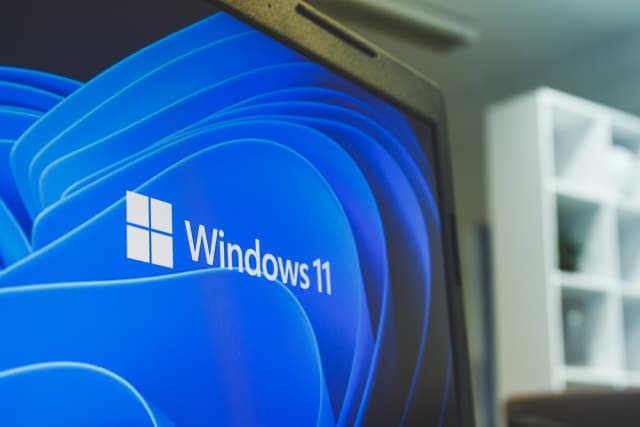Microsoft is disabling SMB1 for Windows 11 Home users

Microsoft has announced that it is beginning the final phase of disabling the SMB1 file-sharing protocol in Windows. Having already disabled SMB1 by default in Windows 10 and Windows Server, the company is now doing the same for Windows 11 Home.
While conceding that the ditching of SMB1 may "cause a consumer pain among folks who are still running very old equipment" and acknowledging that this is a "group that's the least likely to understand why their new Windows 11 laptop can't connect to their old networked hard drive", Microsoft says that the time has come for the aging technology to be dropped.
See also:
- Forget Windows 11, Microsoft is still pushing Windows 10 to more users
- Microsoft releases KB5012643 update for Windows 11 with loads of fixes and improvements
- Third-party widgets for Windows 11 may be coming to the Microsoft Store soon
In a blog post about the change, Microsoft's Ned Pyle gives a brief history: "As you probably know, we began shipping Windows 10 and Windows Server with SMB1 not installed by default in RS3, the "Fall Creators Update" of 2017. Initially, we stopped installing the SMB1 server service in any editions of Windows and stopped installing the SMB1 client service in most editions of Windows. Home and Pro editions still had the client so users could connect to the vast fleet of consumer and small business third-party NAS devices that only supported SMB1. If the client didn't see any outbound use of SMB1 after total 15 days of uptime, it would then automatically uninstall it. In RS5 -- version 1809 -- we stopped installing SMB1 client in Pro editions".
He continues with the news for Windows 11 users:
And now the time has come to end the last remaining piece. If you install a Windows Insider Dev channel build in any variant of Home Edition, the SMB1 client isn't installed.
This means there is no edition of Windows 11 Insider that has any part of SMB1 enabled by default anymore. At the next major release of Windows 11, that will be the default behavior as well. Like always, this doesn't affect in-place upgrades of machines where you were already using SMB1. SMB1 is not gone here, an admin can still intentionally reinstall it.
But, as Pyle goes on to say, there is more to come:
This is not the final story, though: I am also announcing that we are going to remove the SMB1 binaries in a future release. Windows and Windows Server will no longer include the drivers and DLLs of SMB1. We will provide an out-of-band unsupported install package for organizations or users that still need SMB1 to connect to old factory machinery, medical gear, consumer NAS, etc.
More details are promised over the next few months.
Image credit: rokas91 / depositphotos
